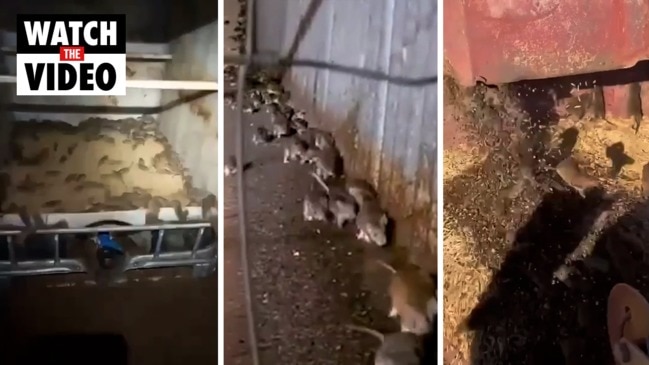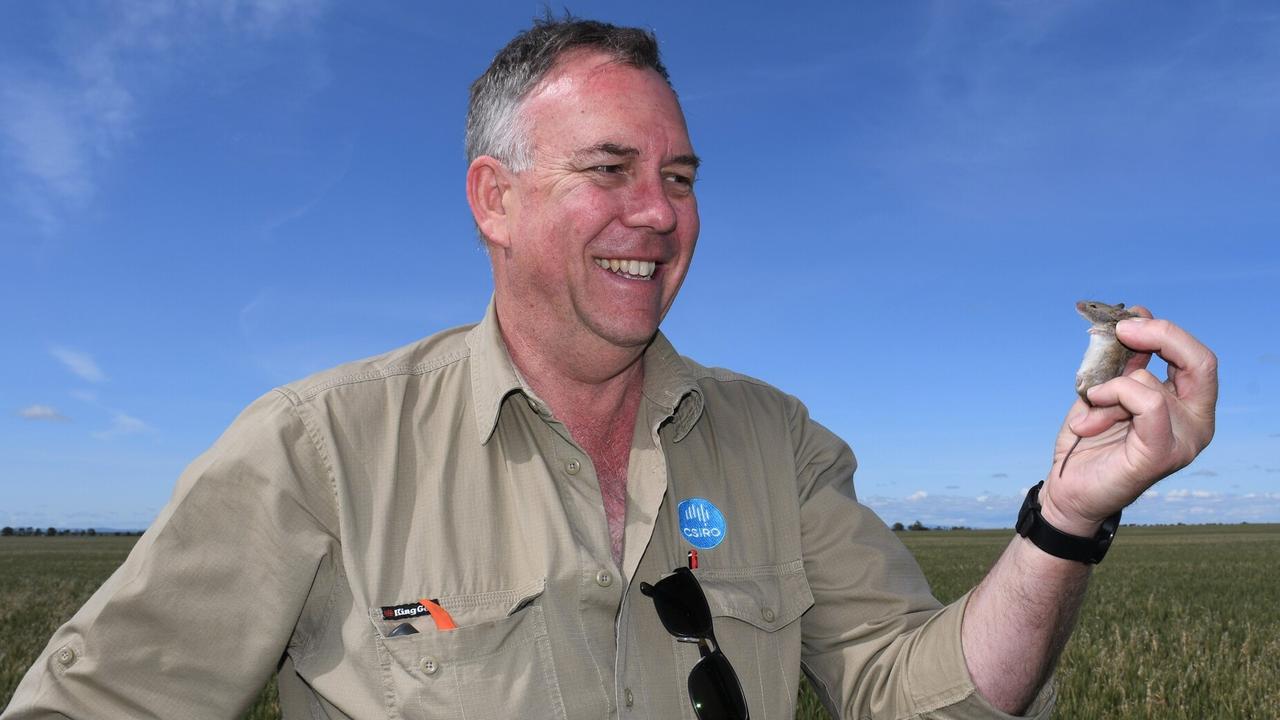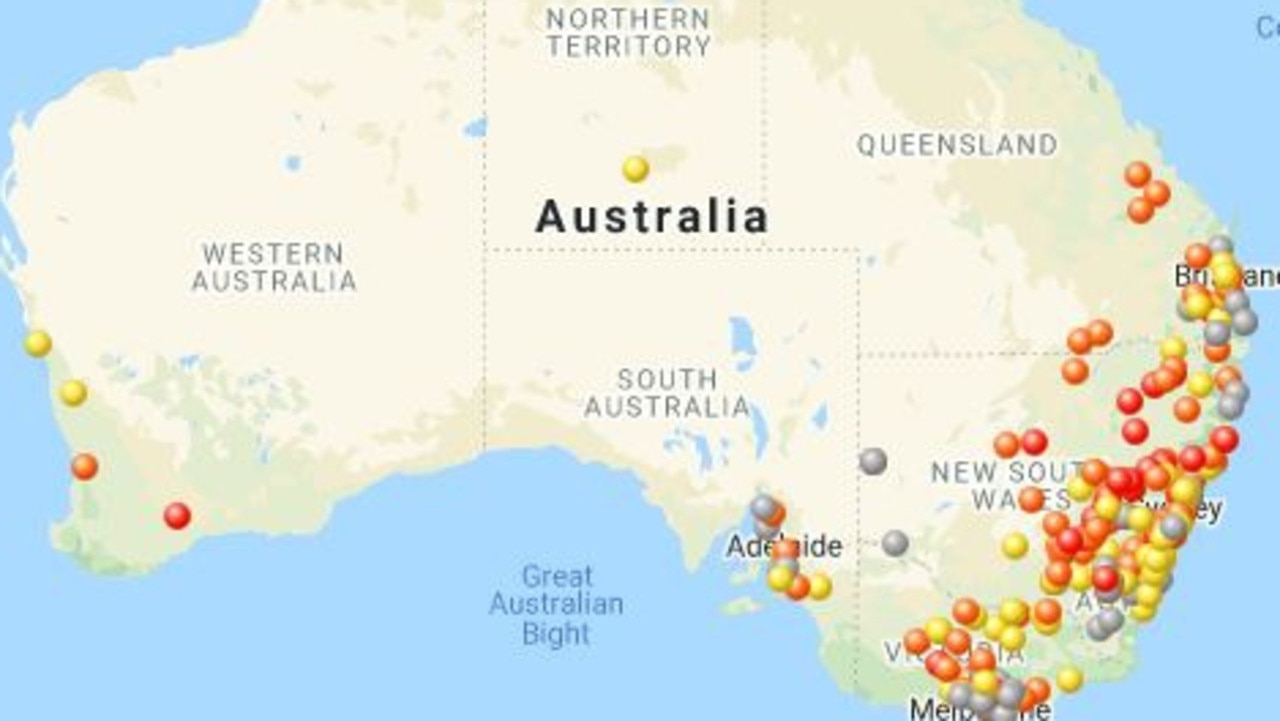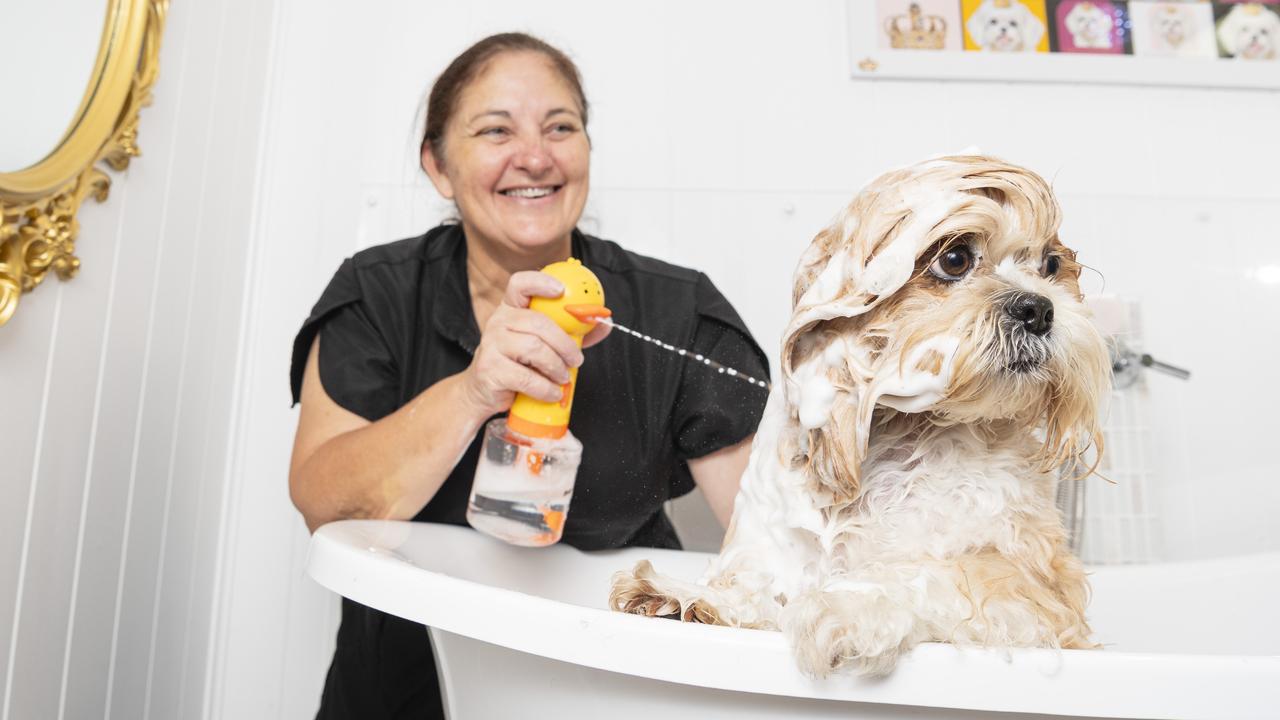Mice plague: Survivability during winter key in determining if plague continues in spring
A mouse researcher with the CSIRO has declared this winter a crucial period in determining whether the plague that has devastated Queensland and NSW will continue later in the year.

Toowoomba
Don't miss out on the headlines from Toowoomba. Followed categories will be added to My News.
The survival rate of mice during the bitter winter months in rural Queensland and NSW will be the crucial factor in determining whether the plague continues into spring, according to a CSIRO expert.
CSIRO researcher and leading mouse expert Steve Henry and his team recently returned from a research and trapping expedition in Parkes, NSW and said while they were expecting mouse numbers to plateau in winter, their survival over the next few months would determine if the problem would rear back up again over spring.

“We know that mice stop breeding over winter, we saw that in Parkes last week, and we’re hopeful that is the case across NSW and Queensland,” he said.
“The level of winter survival will determine the size of the problem in spring. If there’s a high level of survival and favourable conditions again in spring we could see mouse numbers go higher again.
“Landholders will need to keep monitoring mice in the winter and bait as soon as they see any sign of damage. It’s a bit of a lottery, there’s a number of variables determining survivorship, so until we get into spring we really won’t know the size of the problem.”
Mr Henry said his team would continue to monitor and trap mice during the winter as part of their routine program, but warned landholders to remain vigilant.
“We wouldn’t expect farmers to rely on what we say is happening, they should be walking out through their crops and monitor for any damage,” he said.
“Anywhere that has winter crops should be monitored.”
Mr Henry said mice might be looking to enter homes to escape the cold during the winter, but any increase in mice numbers was a result of the urban population breeding and not from mice entering the area from rural areas.

“Mice only weigh 13g and they’ve only got little legs so they’re not moving hundreds of kilometres,” he said.
“While there are more in the paddocks, and those regional towns where houses are adjacent to crops could quite heavily be impacted, in the majority of cases in urban areas it’s also been favourable conditions for the local population to breed,” he said.
“Conditions have been really favourable for mice to breed but now that it’s getting colder we expect that to slow.
“It’s very difficult to predict if it will happen next spring, so people do need to be vigilant and be prepared to bait if needed.”
How can primary producers control mice on the land?
• Farmers should use zinc phosphide-coated wheat bait, which is the only registered in-crop rodenticide for the management of mice damage in broadscale agriculture in Australia. The Australian Pesticides and Veterinary Medicines Authority (APVMA) granted an emergency use permit on May 7, underpinned by new CSIRO research funded by the Grains Research and Development Corporation.
• The emergency permit allows for grain baits to be covered in double-strength zinc phosphide. The bait will still be applied on-farm at one kilogram per hectare but will have twice as much ZnP on each grain, increasing the likelihood of a mouse consuming a lethal dose in a single feed.
In addition to the approved rodenticide, farmers are also recommended to:
• Try to reduce alternate food sources for mice and introduce livestock to eat excess food in the fields.
• Bait regularly and co-ordinate baiting with other farmers to avoid reinvasion. Bait on as broad a scale as possible.
• Lay bait when food source in the paddocks is at the lowest level, this will give mice the best chance to find the bait.
• Apply bait while sowing crops.
How can mice be controlled in urban settings?
• People in urban areas should patch up holes in their home, cracks in the walls, roof spaces and where pipes come through the wall. Pack holes with steel wool or space invader. Mice can squeeze into very small spaces, but they won’t eat through steel wool. Put seals on doors.
• Deny mice access to food sources. Clean up leftover pet food in bowls, bird aviaries and chicken runs.
• Keep grass mown and clean up around the garden. Remove anything that mice can shelter in. Move piles of wood and timber away from your house.
• Use snap traps, which takes away the need for chemicals.
• If using bait outside, pick up and dispose of any dead mice. Unlike agricultural baits, domestic poisons cause secondary poisoning which can harm domesticated and native animals.









